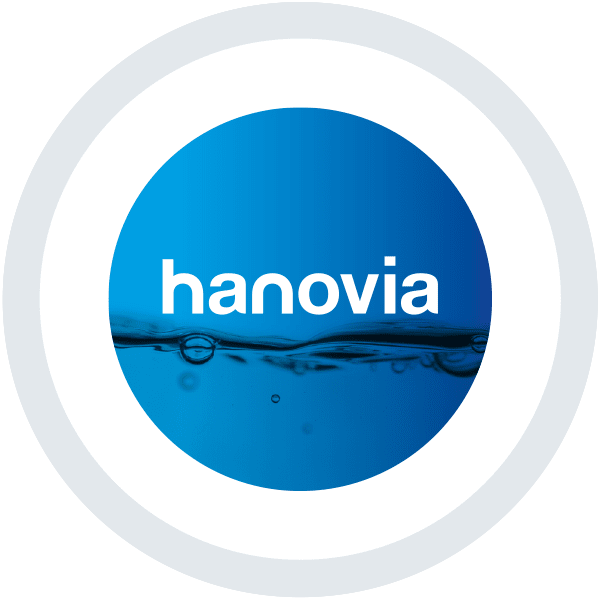Microbial contamination issues with granular activated carbon (GAC)
Granular activated carbon (GAC) is a commonly used water treatment technology for removing chlorine and other water quality contaminants from the incoming water used in food and beverage facilities. Chlorine removal is often GAC’s primary function within food and beverage facilities, especially when it comes for water used as an ingredient at carbonated beverage facilities and breweries. In addition, GAC is a useful technology to have prior to reverse osmosis (RO) membranes to ensure chlorine is adequately removed so it does not damage the membranes.

One of the drawbacks of GAC is that it is susceptible to microbial contamination within the carbon bed. Once chlorine is stripped out of the water at the top of the bed, surviving microorganisms can bond to the carbon fines and survive on organic matter that is trapped in the carbon bed. As these microorganisms grow, they can shed the carbon fines and flow back into the process, leading to microbial contamination downstream. This contamination may be observed in biofouling of RO membranes, or in product contamination for water used as an ingredient where no additional water treatment barriers are in place to mitigate this risk.
An EPA study took a closer look at this phenomenon many years ago and published their results in EPA document number EPA/600/M-87/003. Some interesting findings pertaining to the microorganisms that were surviving within GAC beds are noted below.
- GAC attached bacteria were shown to be resistant to chlorine (up to 2ppm tested in the study).
- Enteric pathogens (such as E.coli, Salmonella, etc.) were shown to be able to colonize within GAC beds.
- Test results from GAC beds showed 17% of samples tested positive for Coliforms and 41% had significant heterotrophic plate counts (HPC) counts.
- There was no correlation between the age of the carbon bed and an increase/decrease in microbial contamination.
- As expected, more microorganisms were found further down the bed than at the inlet.
- As turbidity, flow rate, and/or filter depth increased the following 3 things were observed:
- More particles were released from the GAC bed and into the process stream.
- Higher microbial loads were present.
- More Coliform organisms were adsorbed to the carbon fines
For food and beverage manufacturers, especially those using water as an ingredient, these findings are important. Chlorine resistant enteric bacteria that can cause gastrointestinal illness can survive and grow in GAC beds. In addition, this phenomenon exacerbates itself as flow or water turbidity increases, or in larger carbon beds with greater filter depths. As a result, larger food manufacturers may be at a higher risk due to the higher flows and larger GAC beds required.
Food and beverage manufacturers using GAC should ensure that additional treatment barriers are in place to mitigate these risks. Enhanced filtration such as ultrafiltration, reverse osmosis or nanofiltration can help to filter out the microbial growth that sloughs off of the GAC beds. Alternatively, UV technology is commonly used for this application as well. One reason that UV is often preferred for this application is that biofouling will occur on UF, RO- or NF membranes due to the microbial filtration process, which results in greater cleaning frequency of the membranes and a reduction in the expected life of the membranes. This would not be an issue with UV.
A full copy of the EPA study can be found at the link below.
nepis.epa.gov/Exe/ZyPURL.cgi?Dockey=2000CAUG.TXT





 沪公网安备 31011202013557号
沪公网安备 31011202013557号